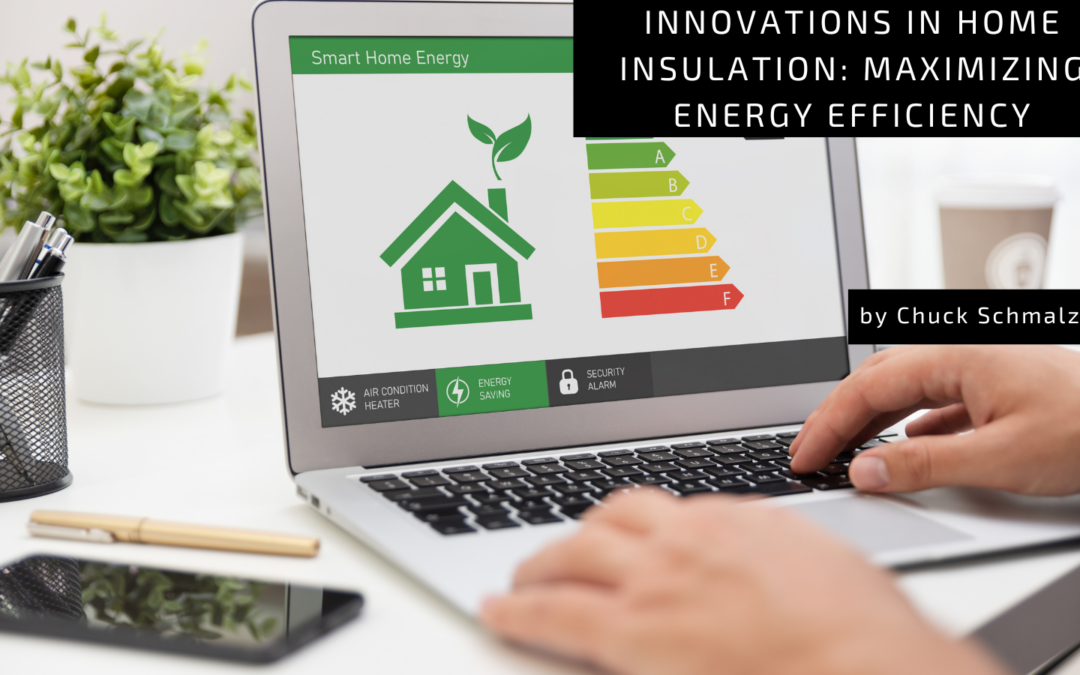As the world grapples with the urgent need to address climate change, innovations in home insulation have become a focal point in the quest for increased energy efficiency. The traditional role of insulation in regulating a home’s temperature has evolved with advancements that enhance comfort and contribute to significant energy savings and a reduced carbon footprint.
Aerogel Insulation: Aerogel, often called “frozen smoke,” is a cutting-edge insulation material with exceptional thermal performance. Composed of 99% air, aerogel is exceptionally lightweight and possesses remarkable insulating properties. Its application in home insulation can result in thinner and more efficient insulation layers, maximizing energy efficiency without compromising space or aesthetics.
Spray Foam Insulation: Spray foam insulation has gained popularity for creating a seamless, airtight barrier. This expanding foam conforms to irregular spaces, filling gaps and preventing air leakage, a typical energy loss source. Its versatility and effectiveness make it a preferred choice for new construction and retrofitting existing homes.
Phase Change Materials (PCMs): PCMs absorb and release heat during phase transitions, providing a dynamic solution for temperature regulation. In-home insulation, PCMs are integrated into building materials to store and release heat energy as needed, reducing the reliance on mechanical heating and cooling systems. This innovation contributes to a more sustainable and energy-efficient approach to maintaining indoor comfort.
Vacuum Insulation Panels (VIPs): VIPs consist of a core material enclosed in a vacuum, limiting heat transfer through conduction and convection. Despite their thin profile, VIPs offer high insulation performance, making them suitable for limited-space applications. VIPs are paving the way for sleeker and more efficient building designs as an alternative to traditional bulky insulation.
Smart Insulation Systems: Integrating innovative technology in home insulation systems allows for dynamic control of thermal conditions. Innovative insulation can adapt to changing weather patterns, occupancy levels, and time of day, optimizing energy usage based on real-time data. This level of automation enhances energy efficiency by ensuring that heating and cooling systems operate only when necessary.
Recycled and Sustainable Insulation Materials: Innovations in home insulation extend beyond performance to consider environmental impact. Recycled and sustainable materials offer eco-friendly alternatives, such as recycled denim, wool, or cellulose insulation. These materials not only repurpose waste but also contribute to a healthier indoor environment by minimizing the use of harmful chemicals commonly found in traditional insulation.
Reflective Insulation: Reflective insulation relies on reflective surfaces to redirect radiant heat, preventing it from being absorbed by the building envelope. This type of insulation is particularly effective in hot climates, reflecting sunlight away from the home and reducing the need for excessive air conditioning. To enhance energy efficiency, reflective barriers are often used in attics, roofs, and walls.

